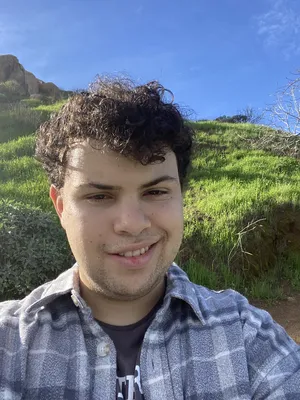NATIONAL MUSEUM OF THE AMERICAN INDIAN
The Indigenous Effect: Native People in Film
Over the past few years, Indigenous film and television have finally started to break through on mainstream platforms, and the National Museum of the American Indian’s annual Native Cinema Showcase has been part of that change. Native comedian, filmmaker, and the producer of Netflix show “Spirit Rangers” Joey Clift (Cowlitz) looks back on how things have changed since his childhood and what he hopes the future holds for Indigenous film and television.
/https://tf-cmsv2-smithsonianmag-media.s3.amazonaws.com/filer_public/c9/d2/c9d2d934-82a3-4f76-8140-9d4013bceef7/nmai_ncs-banner_online-2023_collage_v1.jpg)
In 1993, Fox released the hit show The X Files, where female special agent Dr. Dana Scully investigated the supernatural. Dr. Dana Scully was one of the first and most popular major female characters in an investigative role. Soon after the show was first released, there was a record number of women applying for the FBI and going to FBI training. During my interview with him, Native comedian, filmmaker, and the producer of Netflix show Spirit Rangers Joey Clift (Cowlitz) discussed this, calling it the “X Files Effect.”
This is not just something that happened once. In 2016, there was the “Ghostbusters effect” where after the all-female Ghostbusters reboot came out “there was a record number of women applying to go to school for STEM jobs,” Clift said. In 2019, he recounted the “Captain Marvel effect,” where “the following year there was a record number of women who applied to the US Air Force.”
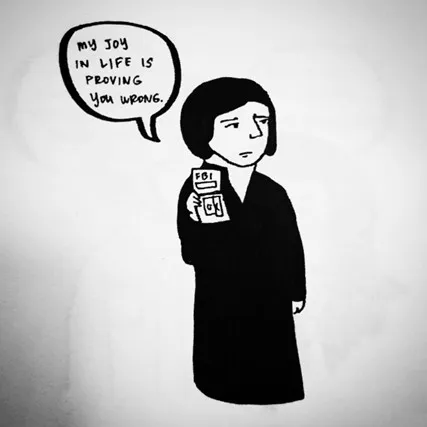
Representation in film is about much more than just inclusion. What you see on TV has a tangible effect on what you believe you can do, and who you believe you can be. For most of film history, the only time Native Americans appeared on screen were as Joey bluntly puts it, if “they were wearing loincloths and getting shot by John Wayne in old western movies.” They were never shown being successful or even existing in a modern context, making it incredibly difficult for Indigenous people to see their place in society, let alone entertainment. How could you work to be a Native filmmaker when Native filmmakers don’t exist?
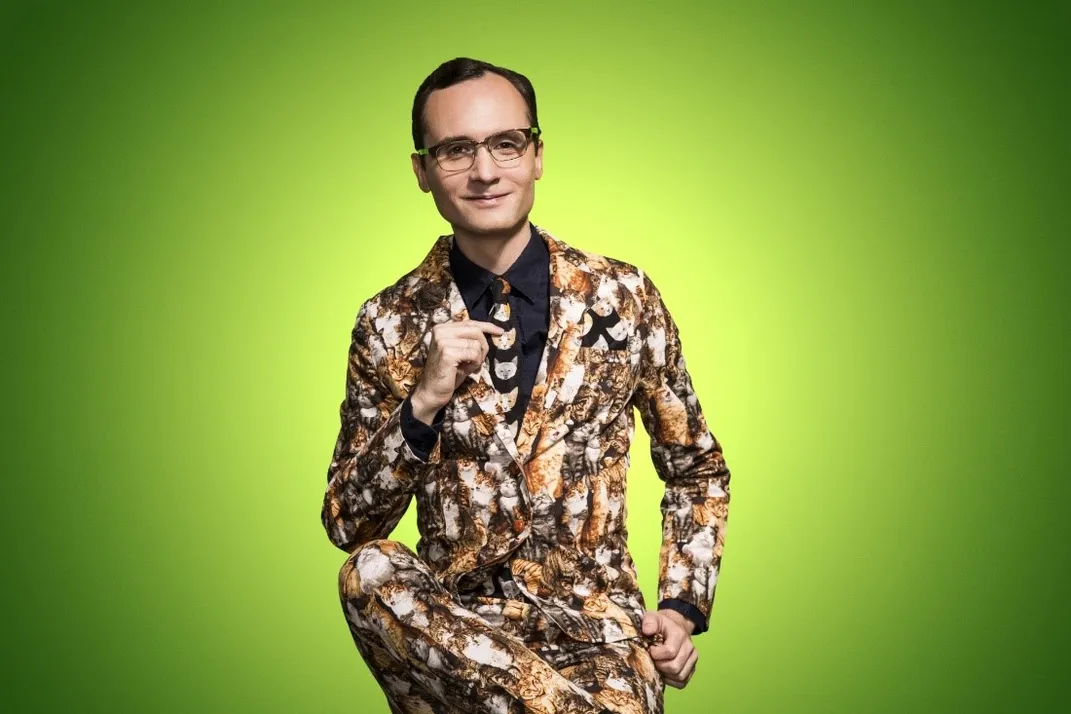
“If you only see yourself viewed in the past tense as something, as a people that existed hundreds of years ago and have since been snuffed out and passed into the sands of time, what does that tell you about not just what your future is but what your present is,” says Joey Clift (Cowlitz).
This had a direct effect on Joey Clift. As a child, he loved comedy, film, and many of the things he works on now, and may have dreamed of being a part of them if he felt he could. But, Joey remembers, “I just straight up didn’t think I was allowed to work in comedy.” Instead, he decided he wanted to be “the next best thing, a small market TV weather guy,” because it would allow him to make jokes on TV. This continued even after he won a national comedy award in college, where his immediate thought was that the award would be “a neat thing I could put on my news desk.” It wasn’t until a teacher pulled him aside and said, “Hey, you know you can just work in comedy, right?” that he finally decided to become a comedian.
More than a barrier to potential filmmakers, lack of Native representation in film has severely impacted Indigenous youth throughout the US. Today, Native youth have some of the lowest high school graduation and college enrollment rates, and Native peoples experience serious psychological distress at 2.5 times the rate of the general population. “If you only see yourself viewed in the past tense as something, as a people that existed hundreds of years ago and have since been snuffed out and passed into the sands of time, what does that tell you about not just what your future is but what your present is,” Joey emphasized to me.
However, over the past few years, Indigenous film and television have finally started to break through on mainstream platforms. On TV today, there are three Native-created shows. The first, Rutherford Falls, began in April 2021, comically portraying the relationship between two close friends, one Indigenous and one white, as a statue of the white friend’s ancestor in the town is going to be moved. The show was short-lived, with only two seasons; the final episode aired in June 2022.
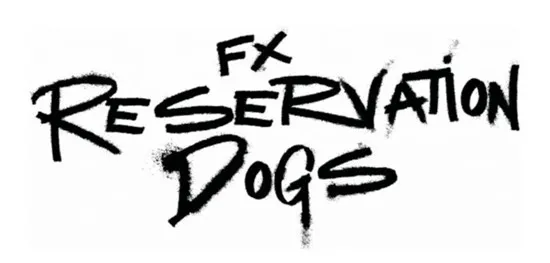
Four months later, Reservation Dogs came out, following the comedic adventures of four Indigenous teenagers in rural Oklahoma after the death of one of their best friends. Reservation Dogs has become widely acclaimed, winning 8 awards and being nominated for 43, including a Primetime Emmy. The third and final season of Reservation Dogs began airing August 2, 2023.
The third Native show currently airing, Spirit Rangers, was created by Karissa Valencia (Santa Ynez Chumash and Mexican) and produced in part by Joey Clift, was first released in late 2022. Unlike the other two shows, Spirit Rangers is an animated show and aimed to teach children, particularly those of Native descent, about Indigenous cultures and the importance of their beliefs. The reaction within the Native community to the show was incredibly positive. Joey described doing a Q&A about the show when it had only been out for three weeks. Many Natives in the audience, instead of asking questions, “just raised their hands and through tears told us about how much the show meant to them.”
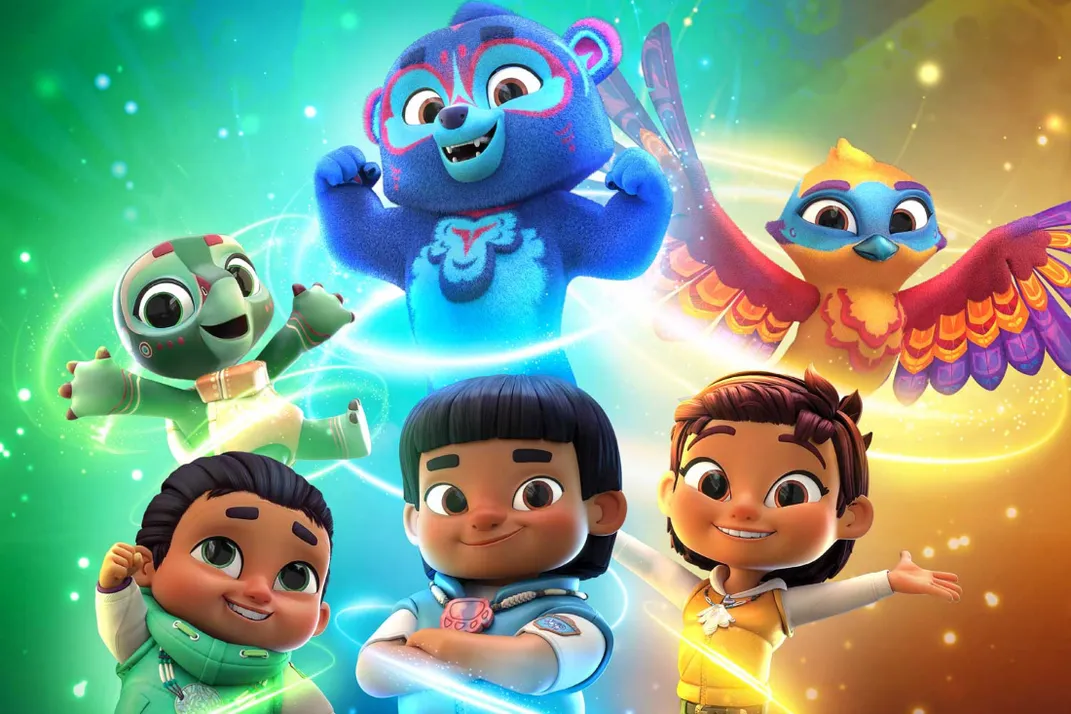
In addition to these Native-created TV shows, there have been many highly successful Native programs that, although not Native-led, intimately involve Indigenous communities in the creation process. In 2019, one of the best examples of this, Molly of Denali (PBS), an animated children’s show about an Alaska Native Family, premiered at the National Museum of the American Indian in Washington, DC. Today, three full seasons have been produced.
Moving into film, in 2022 the Predator franchise released its latest film, the prequel Prey. The movie centers around a young Comanche woman in 1719 coming into her own as a hunter. In 2023, it was nominated for six Primetime Emmys.
For the past 23 years, the National Museum of the American Indian has hosted the annual Native Cinema Showcase, highlighting the best and most promising new Native films. This event greatly supported a budding native film industry, providing indigenous filmmakers with hope and a platform in a time where there was little of both. This year, the Native Cinema Showcase, held in person during the annual Santa Fe Indian Market, screened 6 feature films and 35 short films. Although the Native Cinema Showcase is far from the only place to see and appreciate Indigenous Film today, it remains one of the best. Since 2020, the Showcase has been reaching international audiences through an online presentation for one week in November.
Near the end of my interview with Joey Clift, I asked him how he would like to see the Native film industry expand. He explained to me that the three Native-created television shows out today do a beautiful job of representing the cultures of their creators. However, he noted, “there are 574 federally recognized tribes,” and “hundreds more at the state level.”
“I really hope that in five to ten years there are 300 shows created by Native people,” Joey emphasized. The shows out today are just “pinpricks in the vast map of Indigenous experience.”

